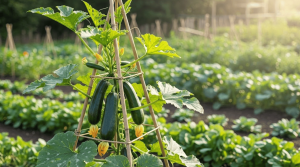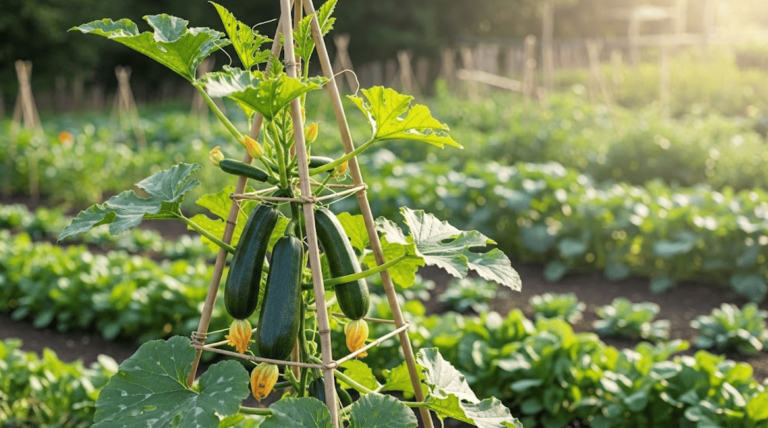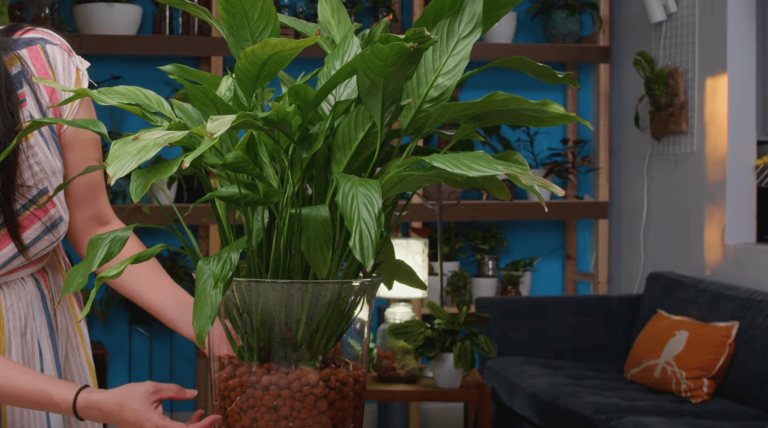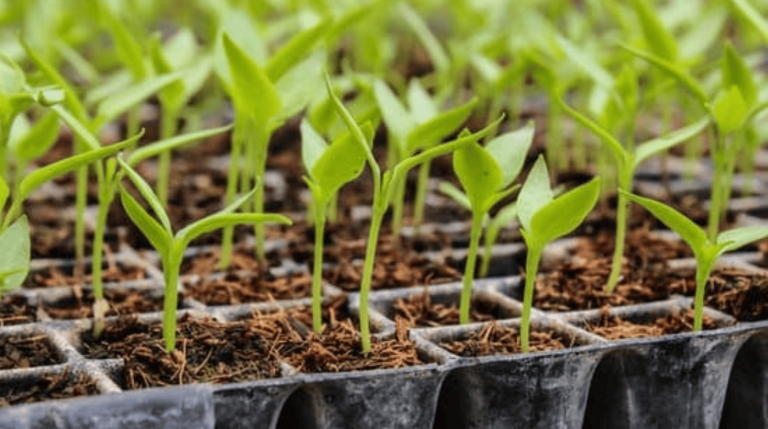Ever planted carrot seeds and found yourself checking the soil every single day, hoping for a miracle? I totally get that mix of excitement and impatience as you wait for those first green shoots to break through.
The question everyone asks is: How long does it take for carrots to germinate? Typically, most carrot seeds sprout within about two weeks; however, several factors can either accelerate or slow down the process.
Temperature, moisture, and soil quality all play major roles in how quickly your carrots start growing. Get these basics right, and you’ll see faster sprouts and healthier plants that turn into delicious carrots.
Ready to be a carrot-growing pro and know exactly what to expect?
Why Keep Track of Carrot Germination?
Think of tracking your carrot seeds like being a little garden detective. It helps you catch problems early, before they have a chance to mess with your crop.
If the soil starts to dry out, you’ll know it’s time to give it a gentle drink. If your seeds are slow to sprout, you can figure out if they’re too old or planted a bit too deeply.
It also helps you avoid common beginner mistakes. Many new gardeners dig up seeds too soon or water too much without realizing the consequences. A quick note on your calendar can remind you to wait the full three weeks before you start to worry.
And the best part? It makes planning a breeze. You’ll know exactly when to thin your seedlings or plant another row. With just a few simple notes, you’ll feel more confident and enjoy the process instead of guessing.
How Long Do Carrots Take to Germinate?
Thinking about what to expect after planting carrot seeds? Here’s a simple table to track the germination timeline and help guide your actions:
| Day Range | What to Expect | What You Should Do |
|---|---|---|
| Days 1–4 | No visible sprouting | Keep soil evenly moist; avoid disturbing the bed |
| Days 5–7 | Root hairs may start forming below the surface | Maintain moisture and avoid walking on the planting area |
| Days 8–14 | Early sprouts may appear above the soil | Watch for tiny green shoots; continue light watering |
| Days 15–21 | Most seeds should have sprouted | Thin seedlings if needed; stop watering if the soil is soggy |
| After Day 21 | No new growth is likely from unsprouted seeds | Re-evaluate and consider reseeding or adjusting conditions |
Use this guide to track your progress and know when to be patient or take action. If you don’t see sprouts by day 21, check your soil, moisture levels, and seed quality to figure out the next steps.
How to Plant Carrot Seeds for Maximum Germination
Planting carrots starts with timing your planting for cool weather and prepping the soil properly. Here are five easy steps to give your seeds the best shot at sprouting strong.
Material you’ll require
Here’s what you’ll need to get started planting carrots the easy way. These basic tools will set you up for success:
- Carrot seeds
- Raised bed or loose soil
- Untreated wooden board (size depends on your planting area)
- Watering can
- Spray bottle (for controlling moisture)
- Garden marker (to label seeds)
- Optional: Bricks or rocks (to prop up the board if needed)
Having everything within reach will save time and make the whole process much smoother. Prep now, plant later, and watch your carrots flourish!
Step 1: Pick the Right Time to Plant
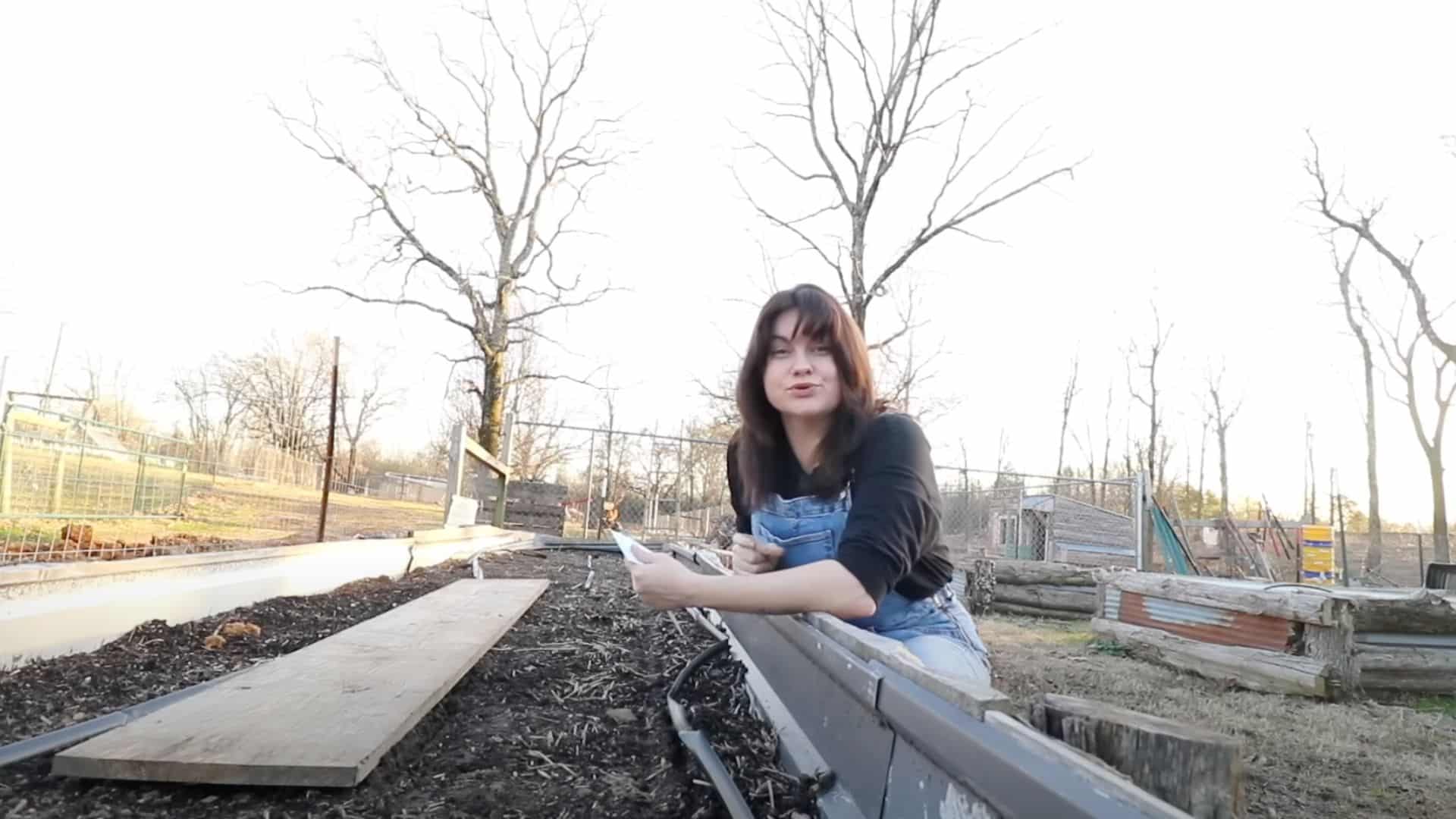
Carrots don’t like the heat. You need soil between 40°F and 80°F for them to sprout well. Spring and fall are your best bet.
Avoid planting in summer, especially if you’re in a hot zone. If you plant in high heat, you’ll get all top growth and no roots. Stick to cooler months for better results, with healthy roots and fewer issues.
Step 2: Use Loose Soil and a Shallow Planting Method

Carrot seeds are small and weak. They need loose, well-drained soil to flourish, no clumps or rocks! Keep your planting shallow; press them lightly into the soil surface.
Planting too deeply won’t let them sprout properly. Raised beds are a great choice for carrots since they give plenty of space for roots to grow straight down without hitting anything.
Step 3: Water the Soil Before Dropping Seeds
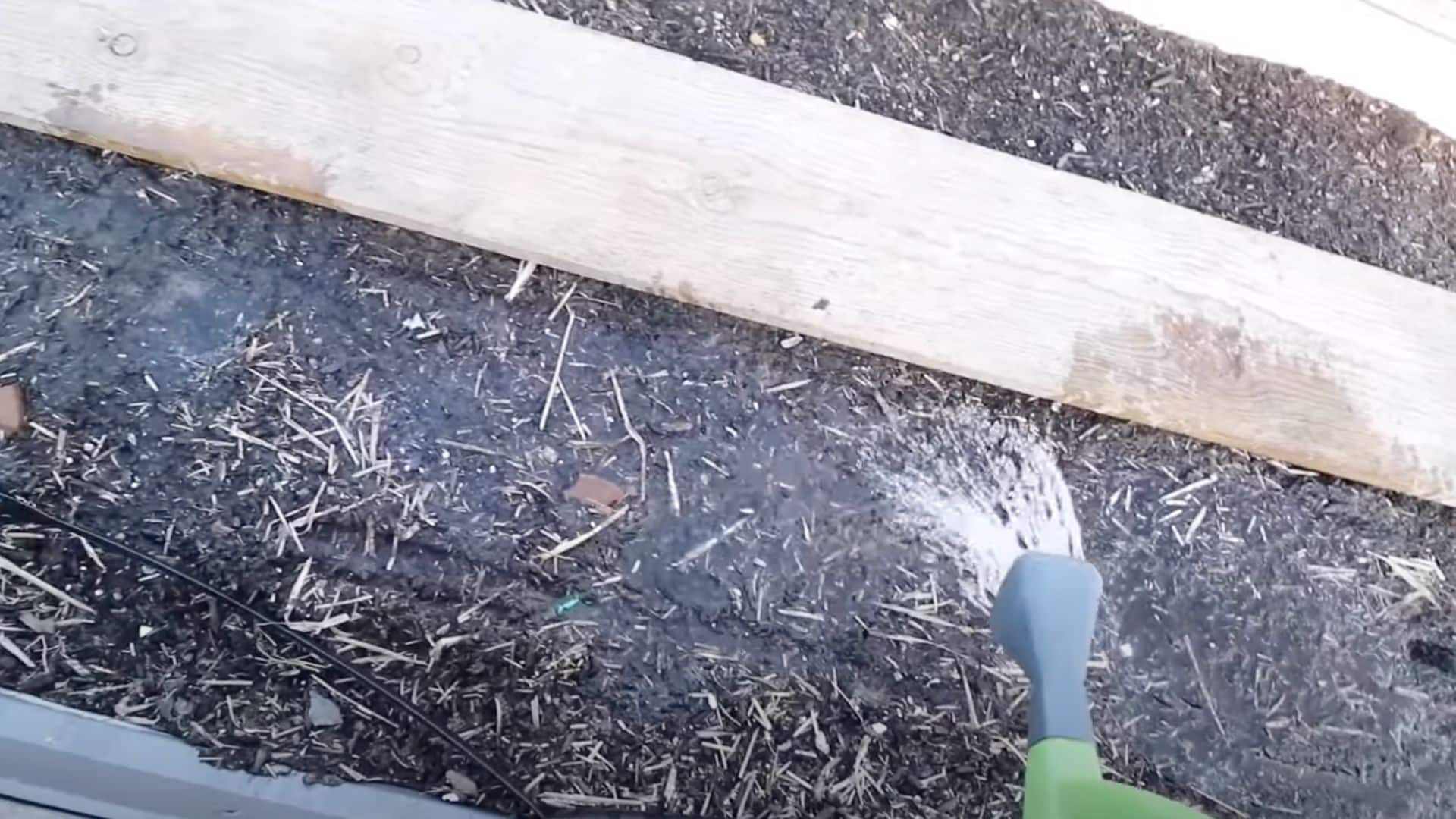
Water the soil before planting. Dry soil will suck moisture from the seeds, making it harder for them to sprout. Moist soil helps the seeds settle into their spots.
Once the soil is sufficiently moist, gently press the seeds into place. Don’t water from above afterward, or you risk washing them away. Maintain consistency with light watering after planting.
Step 4: Use a Wooden Board to Hold Moisture In

Here’s a simple trick: After planting, cover your seeds with a wooden board. It helps lock in moisture and keeps the soil cool. Plus, it’ll protect your seeds from the sun and heavy rain.
Don’t stress too much; leave the board in place until you see sprouts. It’s like giving your seeds a cozy home until they’re ready to grow on their own.
Step 5: Check for Sprouts Around Day 10–16

Around day 10, check under the board for sprouts. They should be popping through the soil, looking like pale green shoots.
Once you see them, remove the board. If it rains, lift it slightly to let air in. Give your plants light and room to grow, and by day 16, you should have healthy sprouts. Patience is key!
Watch how it’s done with this plant carrot seeds video tutorial:
Tricks to Speed Up Carrot Germination
Carrot seeds can be a little slow to wake up, but with a few simple tricks, you can help them sprout faster and more evenly. These steps are easy, low-cost, and give your crop a healthy head start.
1. Soak the Seeds First: Before planting, soak your carrot seeds in warm water for one to three hours. This softens their outer coating and jump-starts the germination process. You don’t need special equipment, just a cup of warm water and a timer.
2. Try the Freezer Bag Method: For an extra boost, place the seeds in a damp paper towel and seal them inside a resealable bag. Keep the bag at room temperature for about 24 hours. This creates a mini greenhouse effect, softening the seed coat and signaling the seeds it’s time to sprout.
3. Trap Heat and Moisture After Planting: Carrot seeds like steady warmth and dampness. After sowing, cover the planting area with dark plastic, burlap, or a lightweight row cover. This holds in moisture and keeps the soil slightly warmer, perfect conditions for quick germination.
4. Maintain Even Moisture: Once the seeds are in the ground, check the soil every day. It should feel damp like a wrung-out sponge, not soggy. Too much water can cause seeds to rot, but letting the soil dry out can delay sprouting. Light, regular watering works best.
These simple tricks shorten the waiting game and lead to more uniform seedlings. With just a little prep and care, you’ll see green shoots sooner and give your carrots the strong start they need.
Common Problems and Why Carrot Seeds Might Not Germinate
Even with the best tricks, carrot seeds sometimes take their time to germinate. If yours aren’t sprouting, don’t panic. Check these common issues first; a small adjustment can make a big difference next time.
1. Soil Drying Out Too Quickly: Carrot seeds are tiny and sit close to the surface. If the top layer dries out, germination stalls. Lightly mist or water the surface daily to keep it consistently damp until sprouts appear.
2. Cold or Hard Soil: Cool temperatures or compacted soil can stop seeds from breaking through. Wait until the soil has warmed and loosen it with a rake before sowing.
3. Planting Too Deep: Carrot seeds should only be covered by about ¼ inch of soil. Deeper planting makes it harder for the weak sprouts to reach light. Gently press them in and cover lightly.
4. Old or Poorly Stored Seeds: Seeds lose viability over time, especially if stored in damp or hot places. Always check the expiration date on the packet and store extras in a cool, dry place for next season.
These are the most common culprits behind slow or failed germination. Once you know what to look for, it’s much easier to fix problems early and enjoy a stronger carrot crop.
Final Thoughts
Now you know exactly how long it takes for carrots to germinate and what factors make them sprout faster or slower.
With these tips, tricks, and troubleshooting strategies, you’re well on your way to becoming a successful gardener, not a frustrated beginner.
Patience is key when growing carrots, but with the right techniques, you can speed up the process. Your garden is about to get a lot more productive with these proven methods in your toolkit.
Every carrot you grow will taste sweeter because you put in the effort and know-how. Happy gardening, and feel free to share your carrot-growing wins in the comments below!




